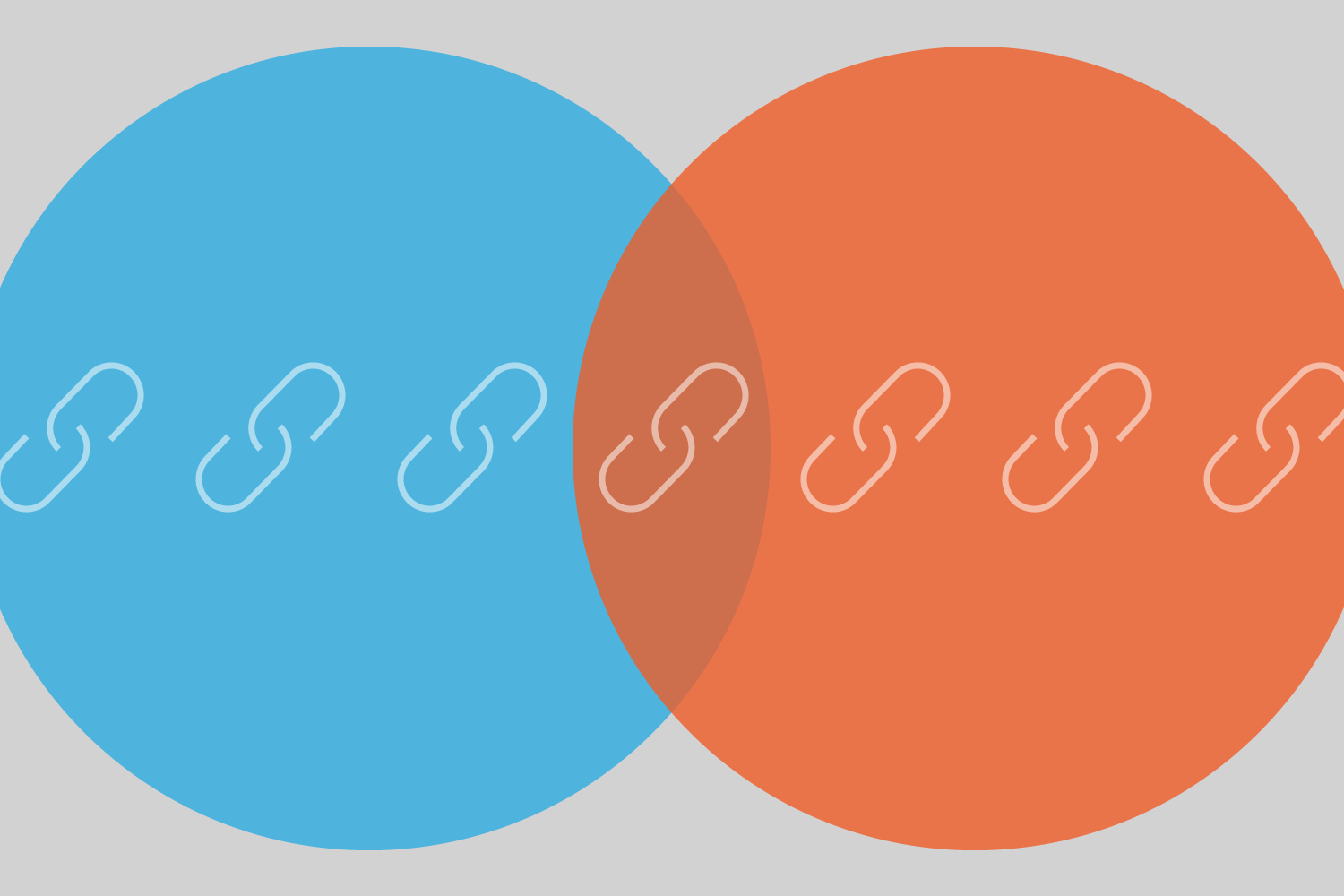Demystifying Google Ads: A Comprehensive Guide to Improving Your Ad Campaign Performance
Loves Data
With the ever-increasing competition in the digital marketing landscape, it's crucial for businesses to make their mark with effective and profitable Google Ads campaigns. Google Ads is a sophisticated platform, and mastering its various features, tools, and strategies can be a game-changer for your business's digital marketing efforts.
In this comprehensive guide, we'll demystify Google Ads, covering everything from account structure optimization to campaign management and advanced strategies. By diving deep into the Google Ads platform, you'll learn not only how it functions but also how to best leverage its capabilities to maximize your advertising ROI.
Whether you're looking to boost your search, display, or video advertising, this comprehensive guide will arm you with the knowledge and insights needed to make well-informed decisions and optimize your ad campaigns for success. From understanding bidding strategies and ad targeting to learning advanced techniques for improving ad performance, you'll emerge with a new level of expertise that will help you outperform your competitors and drive better results for your business.
Optimize Your Account Structure for Better Performance
A well-organized Google Ads account structure is fundamental to managing and optimizing your campaigns effectively. Follow these best practices to set up an account structure that simplifies campaign management and delivers improved performance:
Segment Campaigns by Network
Separate your campaigns by network – Search, Display, and Video – to create a clear distinction between them. This segmentation allows for better control over ad targeting and budgets, helping you tailor your advertising strategy to each network's unique performance characteristics.
Organize Ad Groups by Themes
Within each campaign, organize your ad groups around specific themes, products, or services. This organization will enable you to create highly targeted ads and choose relevant keywords, improving your Quality Score, ad placements, and overall campaign performance.
Use Descriptive Naming Conventions
Using clear and descriptive names for your campaigns and ad groups will make it easier to navigate your Google Ads account and quickly identify optimization opportunities. Stick to a consistent naming convention that reflects the network, targeting method, and theme of each campaign or ad group.
Improve Ad Performance through Targeting and Segmentation
Effective targeting and segmentation are crucial components in maximizing your Google Ads performance. Follow these strategies to ensure that your ads reach the right audience at the right time:
Utilize Keyword Research and Match Types
Conduct thorough keyword research to identify high-performing keywords and avoid targeting irrelevant terms that waste your budget. Leverage different keyword match types – broad, phrase, exact, and negative – to balance ad reach and specificity while optimizing your ad targeting.
Employ Demographic and Geotargeting
Target your ads based on demographic information such as age, gender, income level, and location. This targeting enables you to reach users who are more likely to engage with your products or services. Additionally, consider using geotargeting to focus your ad efforts on specific regions or areas where your campaigns perform best.
Explore Audience Targeting Options
Google Ads offers several audience targeting options, including Interest, Affinity, In-Market, and Remarketing. Use these options to reach users with particular interests, behaviors, or intent, optimizing your ad performance by catering to those most likely to engage with your business.
Master Bidding Strategies for Optimal Ad Spend
Choosing the right bidding strategy is essential for optimizing your ad spend and achieving your advertising goals. Familiarize yourself with the various bidding options available in Google Ads, and select the approach that aligns with your campaign objectives:
Manual CPC
Manual cost-per-click (CPC) bidding allows you to set your maximum CPC bids for individual keywords or ad groups. If you prefer having granular control over your bidding and closely monitoring your ad spend, manual CPC is an effective bidding strategy.
Automated Bidding Strategies
Google Ads also offers several automated bidding strategies, such as Maximize Clicks, Target CPA, Target ROAS, and Maximizing Conversions. Each of these strategies helps you achieve specific goals, like driving website visits, improving return on ad spend, or increasing conversions. Evaluate your campaign objectives and select the automated bidding strategy best suited to deliver the desired results.
Experiment with Campaign Types
Google Ads lets you create and manage a range of campaigns. Each type of campaign can provide different results, so it’s important to experiment with different types of campaigns. For example, you might find a combination of a standard search campaign and a Performance Max campaign provides the best results for your business. Or you might find a display campaign and a video campaign align with your objectives. Choose and experiment with campaigns that reflect the goals you’ve set for your advertising.
Track and Analyze Performance Data for Continuous Improvement
Continually monitoring, analyzing, and optimizing your campaigns based on performance data is crucial for driving ongoing success with Google Ads. Here are some essential actions you should take to improve your campaigns over time:
Monitor Key Metrics
Keep a close eye on key performance metrics such as click-through rate (CTR), cost per click (CPC), conversions, and return on ad spend. These metrics serve as important indicators of your campaign's effectiveness, revealing areas for improvement and opportunities for increased ROI.
Test Ad Creatives and Responsive Ads
Periodically test new ad creatives to identify the most engaging content and messaging. Use Google Ads' responsive ads to run multiple headlines, descriptions, and images. By using responsive ads and running experiments in Google Ads, you can identify the best-performing combinations, ultimately improving ad performance and user engagement.
Refine Keywords and Adjust Bids
Regularly review your campaign's search query reports to identify high-value keywords and negative terms that should be added to your ad groups. Use this information to refine your keyword targeting, adjust bids, and further optimize yo ur ad performance.
Harness the Power of Google Ads for Your Business
By following this comprehensive guide, you'll have the tools and knowledge needed to optimize your Google Ads campaigns for improved performance, higher conversions, and lower costs. By implementing advanced strategies, targeting best practices, and continuous monitoring and analysis, you'll be well on your way to mastering Google Ads and driving better results for your business.
Ready to supercharge your Google Ads expertise and take your digital marketing skills to new heights? Check out Loves Data’s extensive range of online courses for marketing professionals designed to help you unlock the full potential of Google Ads, Google Analytics, Google Tag Manager, and Looker Studio (previously Google Data Studio).




Comments